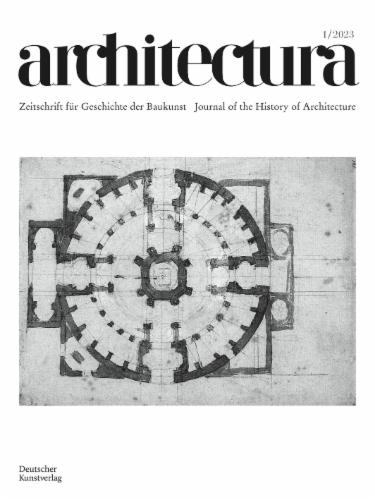
Neuferts Oktametersystem – eine neue ›Regola‹ im 20. Jahrhundert?
Ekkehard Drach
Aus der Zeitschrift: Architectura
Online veröffentlicht:
11 Jul 2019
Zusammenfassung
As a result of his highly successful publication Bauentwurfslehre (1936), Ernst Neufert presented a system of measurement that he claimed had universal validity, his so called octameter system in 1941. Every necessary dimension is expressed as a multiple or a fraction of the basic unit of 12.5 cm. He stated that once the design process, the schedules of rooms and many other parameters would become rational and efficient .
Moreover, the question is to what extent the octameter system constitutes a set of rules in the sense of Vitruvian order. Can architecture become legible in the mechanisms of form-making that the system practices? Is the octameter system useful in the communication of meaning or criticism, or is its effectiveness limited to simplifying construction procedures by pursuing standardization and serialization of architectural production?
Neufert’s system became widely disseminated. The architecture faculty building at the University of Innsbruck is an example: it demonstrates how thoroughly Neufert’s octameter division was applied to the finest detail, as a universal frame of reference. Thereby it becomes clear that Neufert’s norm is indeed in a position to transfer formal origination into the realm of cultural action .
Weitere Artikel in diesem Heft:
architectura Hefte
Volume 53 (2025)
Volume 52 (2022)
Volume 51 (2021)
Volume 50 (2020)
Volume 49 (2019)
Volume 48 (2018)
Volume 47 (2017)
Volume 46 (2016)
Volume 45 (2015)
Jetzt die Zeitschrift uneingeschränkt lesen
Ähnliche Titel
Sie möchten monatlich über Neuerscheinungen und Veranstaltungen informiert werden?

